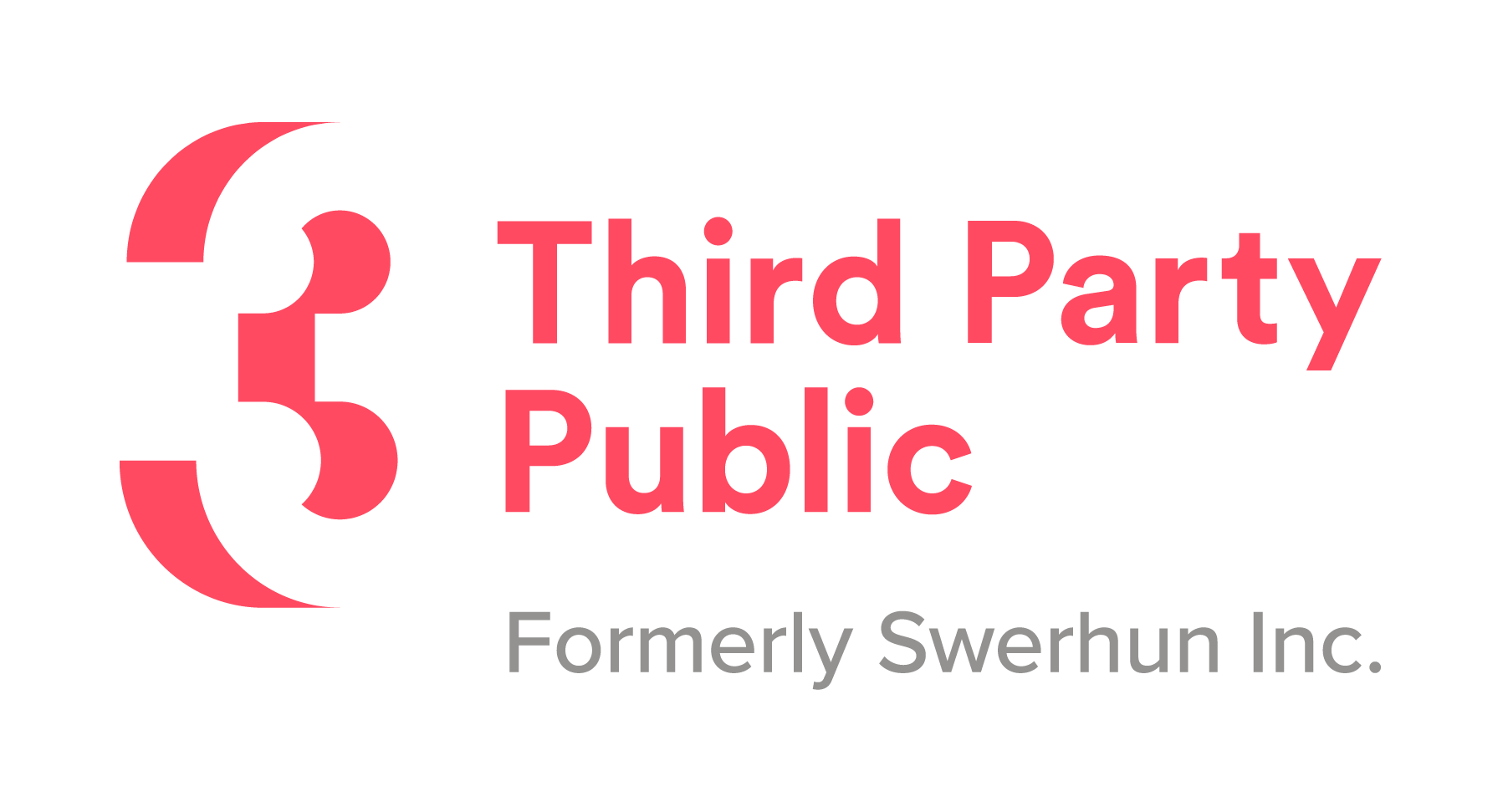PACKAGING THE WORK
STRATEGY 4
What it is:
Packaging the work is about identifying a handful of logical steps that structure a decision making process. In our experience, every project can be broken down into three steps: Understanding the issues; Testing some ideas; and Deciding on a path forward.
Why does it matter?
Different types of information are useful at different points during a decision making process. Identifying the order of events – what will be discussed when and why – is useful because it signals what feedback and advice will be useful at different points in the process. This lays the groundwork for how to think about the process of doing the work, which is much different than the technical content covered during the process.
Work is more focused when people strive to complete a specific task within a specific time frame. When you know at what point in time key decisions need to be made and what decisions are contingent on others, you can ask for the feedback that you need, when you need it. This saves time because it limits the need to go back and revisit decisions that have already been made because participants have already agreed to the order of events.
These steps bring predictability to what is in many ways an inherently unpredictable environment. By packaging the work you are providing a structure within which there is flexibility to respond to unpredictable feedback and events while remaining in a strong position to manage the larger picture. The steps also bring a consistent framework that enables all participants to have a shared understanding of what’s happening.
This enables participants to be connected to your work right from the beginning, rather than when key decisions have already been made (this model is often described as Decide, Announce, Defend).
Examples of how it matters:
A parks manager had her hands full with conflicts between dog owners and parents in a local park. The dog owners wanted to walk their dogs off leash, but families with small children had safety concerns. A public consultation process was championed by the local elected official, and the process was organized into three parts: (1) identify the issues, concerns, wants and needs of all users; (2) identify and evaluate different options on how to address the issues, concerns, wants and needs; and (3) propose a path forward based on the evaluation of the different options presented during part 2. This iterative process enabled the discussion to start with dog owners explaining how important off leash areas are to the health and happiness of their pets, and parents explaining interactions between off leash dogs and their children that make them uneasy. Together they brainstormed different alternatives, and a proposal for an off leash area in the park was ultimately proposed and supported by the community. The three-part process structured the discussion in a way that ensured the final result was based on a comprehensive consideration of the issues to be addressed and a thoughtful evaluation of options to address those issues.
After a successful start-up phase, a youth arts group was exploring options for continuing its operations sustainably into the future. The group’s strategic plan was developed using the three part process which involved consultation with youth, existing funders, potential funders, and other leaders in the youth arts and youth engagement community. The first part of the process involved identifying the strengths, successes, and challenges experienced during the start up phase. The second part involved brainstorming and evaluation of different go-forward options. The third and final part of the process involved identifying a preferred path forward. This three-part process enabled full participation of all stakeholders in ultimately “making the case” led to successful future for the organization.
“No matter how simple or complex a project may be, and regardless of whether the time frame is two months or two years, UDA’s urban design process always consists of start-up activities followed by three distinct project phases:
Phase One: Understanding – Figuring Out What’s Going On, Phase Two: Exploring – Trying Out Ideas, Exploring Alternatives, Phase Three: Deciding What to Do – Developing the Plan
We have found that this approach provides for the widest range of participation, the greatest opportunities for consensus-building, the strongest likelihood of success...Application of this phased approach ensures that even the most complex projects can be managed in a clear and systematic process designed to produce the best possible results for our clients.”

